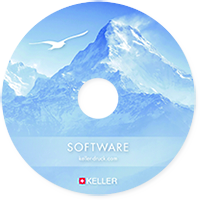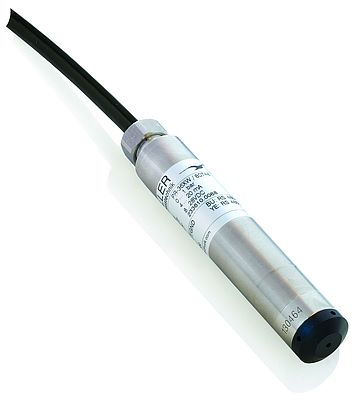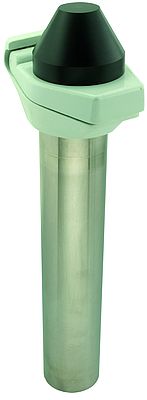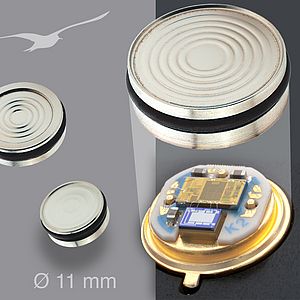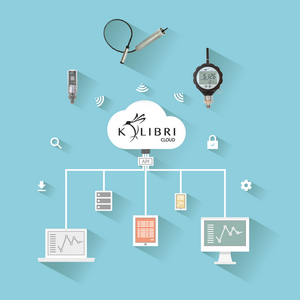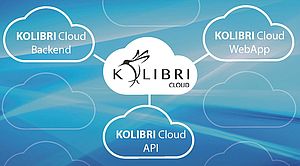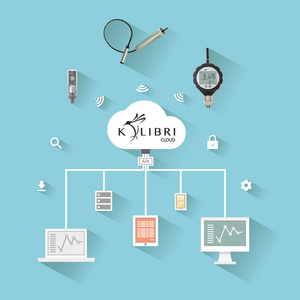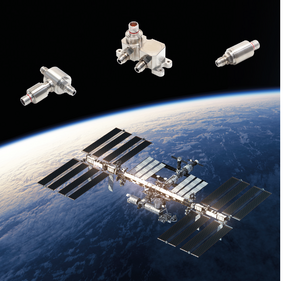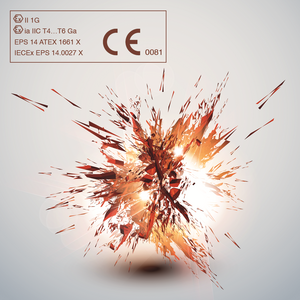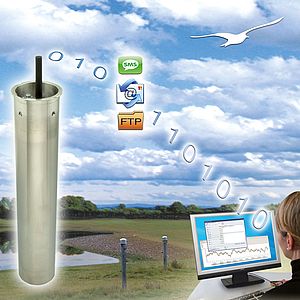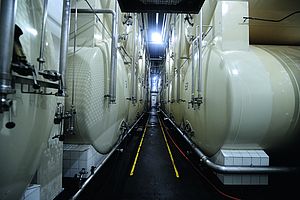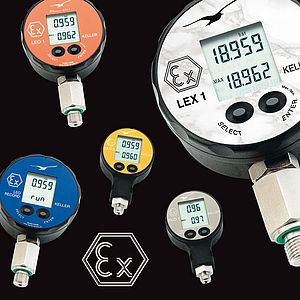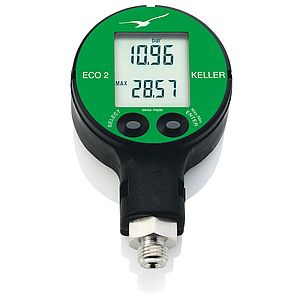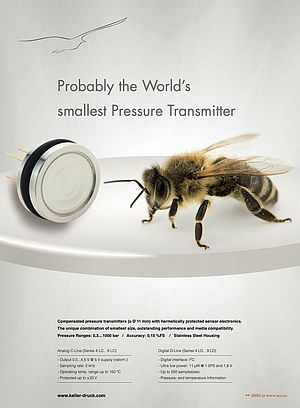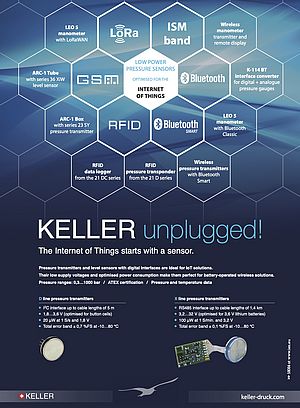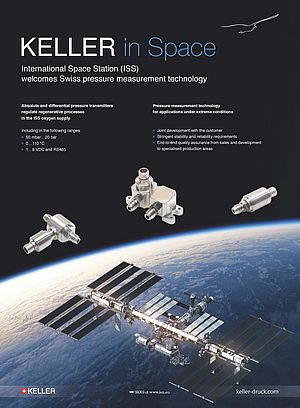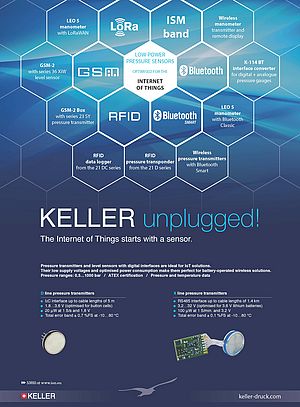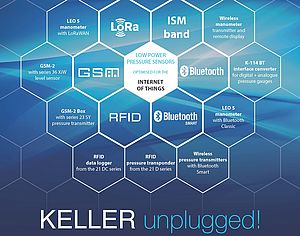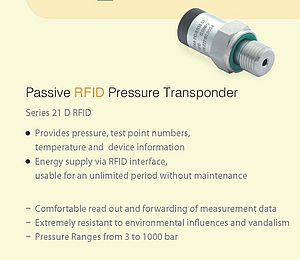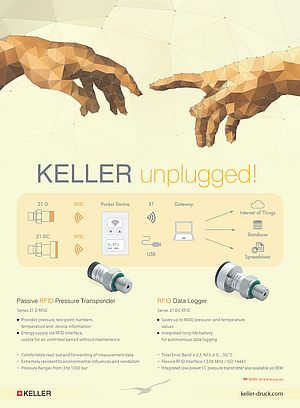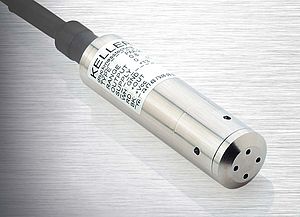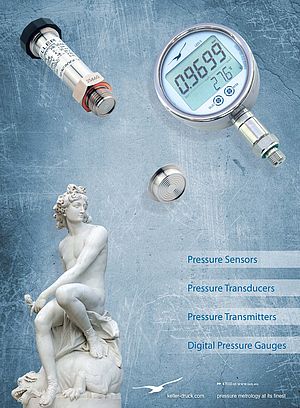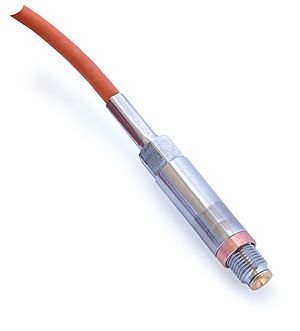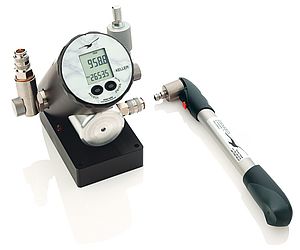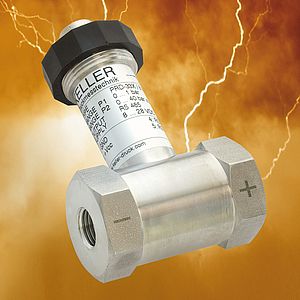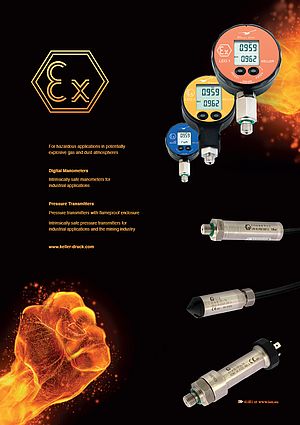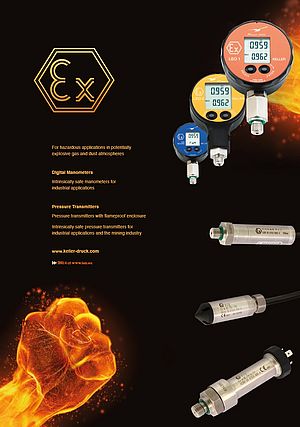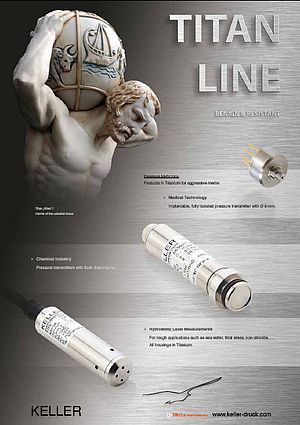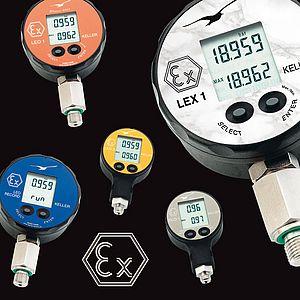IoT is already a widely known and to some extent controversial term. Yet, the Internet of Things is all around us every day, whether we realize it or not. If, for example, you can control TV recordings or your lights at home using your smartphone, this falls under the category of the “smart home”. If a company uses automatic, independent processes in its organizational measures, we call this a “smart factory” or “Industry 4.0”. Other related terms include “smart energy”, “smart mobility” and “smart health”.
No matter the sector, the sensor is ultimately the most important supplier of data and thus the key component of the IoT process. When fitted to an object, different sensors can be connected to local and global communication networks. The final step in the process is to analyses the data on networked computers or in a cloud.
IoT processes are highly customized and are undergoing continuous development. Keller has already worked with international companies to develop numerous “smart”, customer-specific total solutions in various sectors and applications. The following examples illustrate how Keller sensors fuel IoT progress:
Automatic flash flood warning for swift protection against hazards
Flash floods are sudden and unpredictable. Within minutes, floods can rise over the banks of streams and onto the roads, sweeping away cars, devastating houses, and killing people.
Although weather services usually issue warnings before severe weather hits, many towns are poorly prepared for flash flooding. This is hard to believe, since most regions have detailed special maps that deliberately highlight the danger zones so that the places at risk can prepare accordingly. However, these maps are rarely to be found in town halls, fire stations or the emergency services, which is why people largely fail to take proactive measures. Moreover, the special maps are relatively roughly drawn; obstructive buildings and roads acting as channels are not always shown. So, while the maps may identify a problem, they provide no viable solution.
Which is why an IoT solution is capable of identifying dangers early and reliably raise the alarm for imminent flooding is essential. This means emergency services can be notified automatically, in a matter of seconds, so the appropriate measures can be taken promptly, even in the most remote corners of the region.
Keller’s GSM-2 remote transmitter forms part of warning systems like these. The GSM-2 is a combination of an autonomous data logger and a remote transmitter in one device. When combined with a pressure transmitter or a level sensor, it reliably transmits water levels and pressure data via the GSM mobile phone network by SMS, e-mail or FTP to those responsible in order to issue flood warnings before tragedy strikes.
The US National Weather Service (NWS), for example, uses a GSM-2 solution with accurate level sensors (Fig. 1), a remote transmitter (Fig. 2) and a special type of software (Fig. 3) adapted to its needs. Keller also provides technical support for setting up, installing and programming the system, which sends the responsible community workers an SMS notification when water levels rise. After the system has been implemented, the infrastructure can be converted from manually positioned mobile barriers to permanently installed swing gates that close when flash flooding occurs.
Networked beer tanks delight both landlords and breweries
A level measurement with a remote transmitter is not just highly practical for detecting hazards but also for other level and fill level applications. Take pubs, for instance, where an emptying beer tank could be equally dangerous.
In this application, two pressure sensors work at the heart of the solution to measure the level of liquid in the tank and to send a warning message to the brewery by e-mail via the GSM-2 remote transmitter, the mobile phone network, and the Internet. The brewery sends an automatic order proposal to the landlord, who simply has to confirm the order. This automated, “smart” M2M (machine-to-machine) solution reduces stress for landlords and saves brewery drivers from profitless emergency weekend deliveries. Inaccurate order entries are now a thing of the past, shipping can be optimised and landlords have a continuous supply of fresh beer. Crisis averted.
“Smart” fuel tank management with fuel prices updated daily Alongside water and drinks, fuels are another liquid ideally suited to being managed by means of automated, “smart” processes. The remote monitoring of fuel levels in heating oil, diesel, and petrol tanks is a great support to mineral oil companies, petrol station owners, and property managers alike.
Keller developed the “EasyOil®” remote monitoring system in partnership with a Swiss mineral oil supplier. This system has really found its place in the market and is the key selling point for customers in 80% of the contracts concluded for heating oil deliveries. The order process is the same as for the beer tank: The pressure and level of oil are measured at the lowest point in the tank, the current content in litres is calculated according to the shape of the tank and the data is transmitted via GSM. A special feature of this application is the customer-specific software. In addition to the current data such as fill level, consumption and order history, it also contains oil prices, which are updated twice a day. This combined information optimizes the order process, allowing customers to stockpile when the price of oil is low or the tanker is close by.
Because there is a risk at petrol stations that an electric spark could cause the gaseous atmosphere to explode, any pressure transmitter taking measurements in this type of environment must be intrinsically safe. For this application, the GSM-3 remote transmitter has been extended to include a box with built-in safety barriers that limit the electric output of the measurement system within the zone at risk of explosion (the ex zone), thus preventing sparks.
Smart customized solutions
The Internet of Things offers “smart” solutions that help make life easier and more convenient, improve and streamline processes, and receive information in good time that was previously unavailable or difficult to acquire. Smart solutions are highly personalized but always begin with an object and a sensor.


